Can Hamsters Eat Crickets?
When we imagine hamsters, we often think of these little, furry animals that eat down on vegetables or hoard seeds in their cheek pouches. In reality, though, hamsters are naturally omnivores as well as herbivorous animals. These little rodents eat many kinds of plants, seeds, and even insects in the wild. One question that often comes to mind is, “Can hamsters eat crickets?”
The answer is yes, in moderation, but there’s more to the story than just a simple yes or no.
Offering your hamster either fresh or dried crickets and other insects is an exciting element of hamster care. So, it’s crucial that you understand all the details of this culinary choice before you begin feeding your fuzzy buddy a meal of crickets.
Are Crickets Healthy For Hamsters?
In their natural environment, hamsters become attracted to insects because of their rich source of nutrition. Along with giving a variety of necessary minerals and vitamins, protein, iron, calcium, and fiber, crickets are an excellent provider of these nutrients.
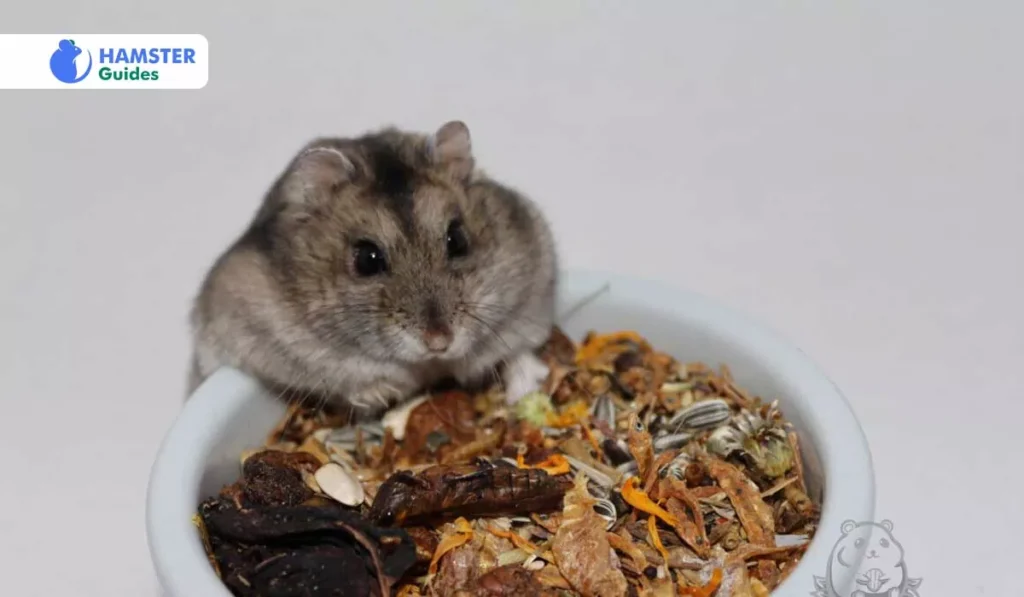
Insects like crickets could provide variety and nutritional balance to your pet’s diet. However, commercial hamster pellet food ought to be the primary source of nutrition.
Furthermore, crickets are full of fiber, protein, iron, and calcium. They are a liked food for hamsters. As omnivores, hamsters require diets that are rich in animal-based proteins. As a seed-based meal cannot fulfill their protein needs, so give them crickets for this purpose. To give hamsters a healthy diet, it is essential to gut-load crickets with food that is rich in nutrients before feeding them.
Nutritional Content of Crickets
| Nutrient | Amount per 100g of Crickets |
| Calcium | 100mg |
| Fibre | 5g |
| Protein | 60g |
| Other Essential Vitamins | 200 IU or mg |
| Iron | 5mg |
Benefits of Crickets for Hamsters
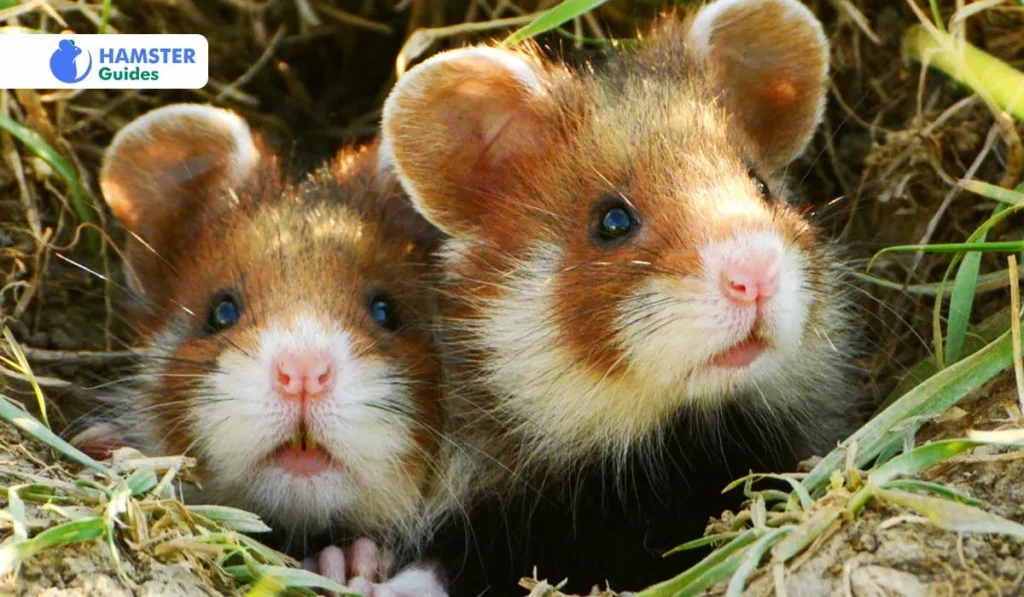
Hamsters are not to be given crickets without thoughtful consideration. Since these insects are very nutritious and offer possibilities for both physical and mental stimulation, numerous benefits can be obtained from being around them.
Related Resource: Can Hamsters Eat Roasted Peanuts?
Drawbacks of Crickets for Hamsters
While munching crickets is usually not harmful to hamsters, there is a possibility that they can be attacked. Larger crickets that bite hamsters face the risk of infection, such as bull or brachy trupes.

Hamsters are kept from harmful bites by providing smaller bugs for supplementary foods like Gryllidae, often referred to as field or house crickets.
More information: After giving new meals, keep watching for any symptoms of problems with digestion or allergic reactions in your hamster.
Beyond Crickets: Alternatives and Preferences
Not all hamsters are interested in crickets. Some get more enthused about mealworms or other animal-based proteins than others. However, their dietary preferences are not all the same. If it is not eating live food, throw out any uneaten insects from your hamster’s cage immediately.
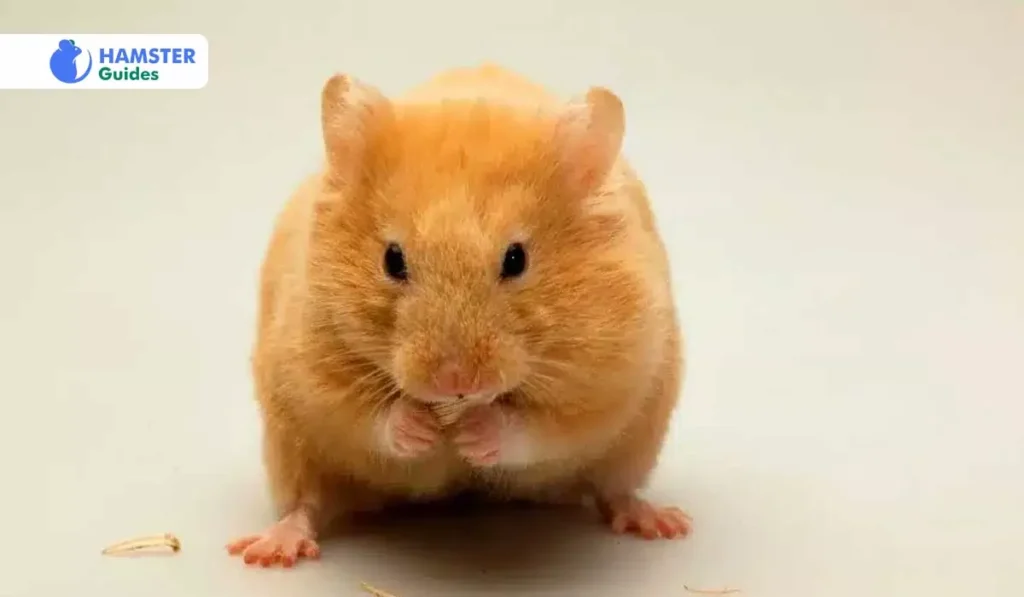
Feeding crickets to hamsters in moderation and for variation as part of a nutritious diet is essential. A hamster’s diet must give a wide range of additional items, including freshly cooked meats, fresh fruits and vegetables, nuts, and seeds.
Also, boiled eggs, cashew nuts, walnuts, chicken, dried insects, turkey, and tofu are like hamsters. Other nutritious vegetables and fruits like fresh raspberry leaves, zucchini seeds, silkworms, and wax worms are good for them.
It is better to consider the consumption of crickets as a treat instead of a regular diet. The primary elements of a nutritious diet for hamsters should be:
Related Resource: Can Hamsters Eat Macadamia Nuts?
Hamster Diet Recommendations
| Food Type | Recommended Amount |
| Hamster Pellet Food | 20g per day |
| Tofu | 10g (as occasional protein source) |
| Nuts and Seeds | 5g (moderate amounts) as occasional treats |
| Protein-rich foods | 5g (e.g., crickets, boiled eggs) as treats |
| Other Insects | 5g (e.g., mealworms, waxworms) as occasional treats |
| Fresh Fruits and Vegetables | 10g (combined) 2 times a week |
Optional Advice: According to your hamster’s breed, age, and general well-being, ask your veterinarian about particular nutritional suggestions.
How Much Cricket is Too Much? Daily Dosage
Although hamsters can be picky about their food, it could be hard to offer crickets to them. It is suggested that you start by giving a hamster a small quantity of dried crickets before giving live ones. Giving them an environment that reflects their native home may help them feel more comfortable and be kinder to new foods.
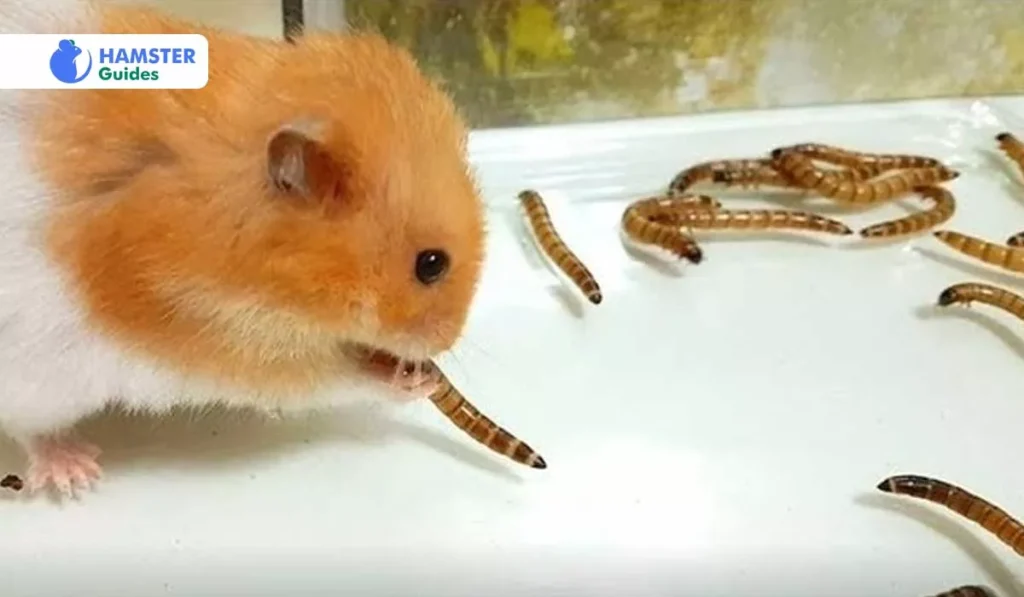
Give in proportion since crickets are a nutritious meal. Overeating may result in obesity and issues with digestion. Here’s a general guideline:
Related Resource: Can Hamsters Eat Dried Mangoes?
Potential Considerations
Make sure your crickets are free of parasites, pesticide residue, and chemical contamination, and obtain them from reputable breeders or pet stores. Hamsters may be affected by wild or pesticide-treated crickets.
Additionally, feed your hamster a “gut load” of healthy foods like fruits and vegetables for at least 24 to 48 hours before feeding bugs. Due to this, your hamster will get additional nourishment from them.
The Final Words
There are also many health benefits of carefully feeding crickets to hamsters. It is important to get crickets from competent breeders, feed them with a nutritious diet, and control their eating schedule. Dry foods, fresh fruits and vegetables, and animal-based proteins are all crucial elements of a nutritious diet for hamsters. Owners of hamsters can preserve their pets’ health and levels of activity by following these suggestions.

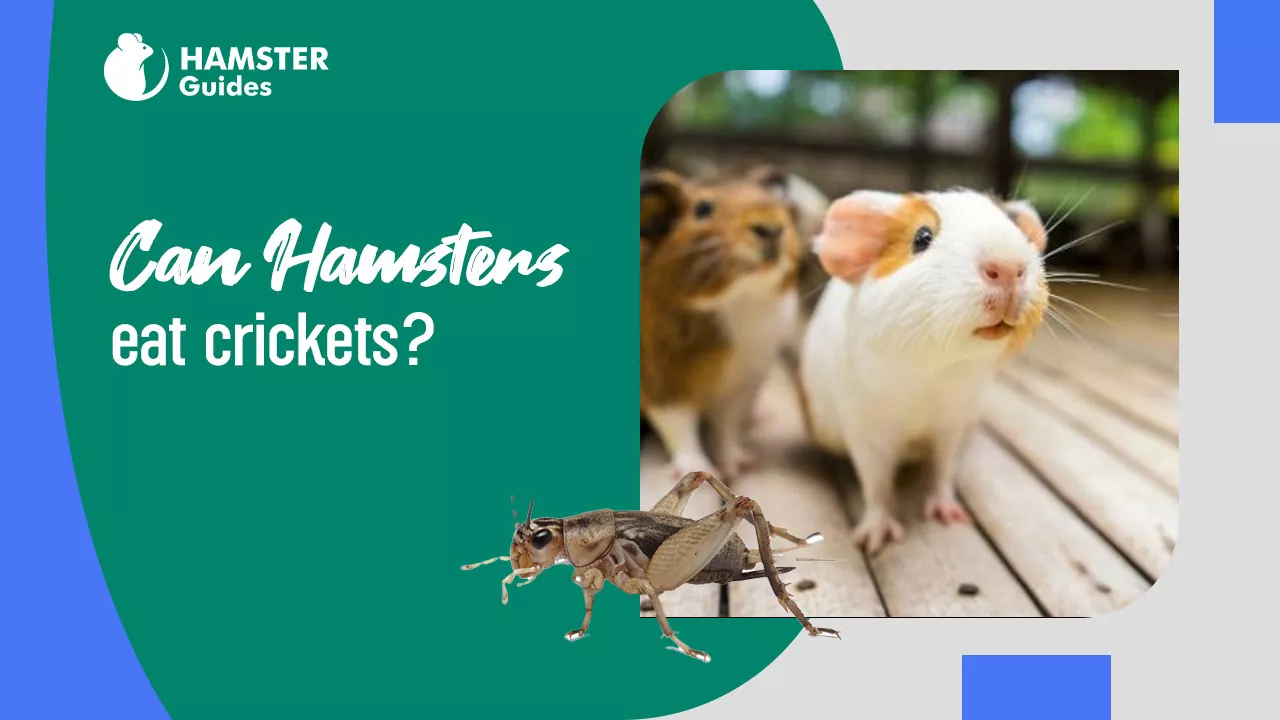







Leave a Reply